#southern magnolia
Explore tagged Tumblr posts
Text





Plant of the Day
Tuesday 7 January 2025
The last flowers before winter on the Magnolia grandiflora (evergreen magnolia, bull bay, great laurel-leaved magnolia, southern magnolia) still had a wonderful fragrance. After flowering the central seedcase can produce bright red seeds. This plant makes a large, rounded evergreen tree.
Jill Raggett
#magnolia#evergreen magnolia#bull bay#great laurel-leaved magnolia#southern magnolia#evergreen#tree#large shrub#white flowers#fragrance#fragrant#plants#horticulture#gardens#garden#kent#goodnestone park#foliage#bud
168 notes
·
View notes
Text












flowers + berries pins by Occasionalish
#occasionalish#transparent by me#etsy#daisy#crocus#jasmine blossom#forget-me-not#orchid#winterberry#calla lily#camellia#peace lily#juniper berry#southern magnolia#golden poppy#flowers#berries#pins#enamel pins#buttons#fashion#objects#transparent pngs#pngs#pin pngs
93 notes
·
View notes
Text


#aesthetic#naturecore#wonderful nature#cottagecore#cottagecharm#plantcore#green witch#nature#green aesthetic#photography#flowers#sweet magnolias#magnolia#southern magnolia#aesthetic flowers#flowers make people happy#plants and flowers#beauty#photographers on tumblr#original photographers#slowlife#green moodboard#green earth
49 notes
·
View notes
Text

35 notes
·
View notes
Text

US 1998 32¢ Southern Magnolia (Magnolia grandiflora)
#us#usa#1990s#trees#plants#flowers#magnolia#southern magnolia#stamp#stamps#philately#stamp collection#snail mail#postage#postage stamp#usps
7 notes
·
View notes
Text
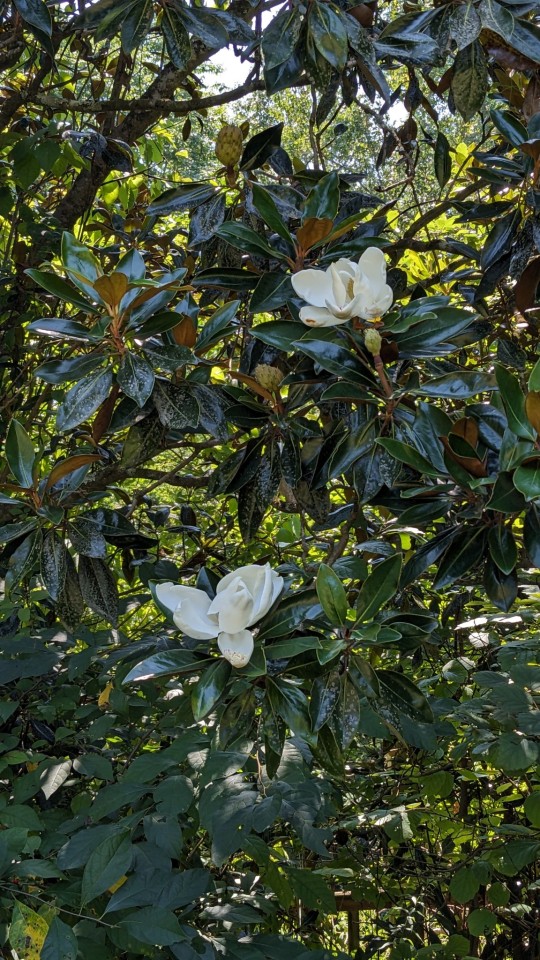
Magnolia grandiflora / Southern Magnolia at the North Carolina Botanical Gardens at the University of North Carolina at Chapel Hill in Chapel Hill, NC
#Magnolia grandiflora#Magnolia#Southern Magnolia#Bull bay#Native plants#Native flowers#Nature photography#photographers on tumblr#Flowers#North Carolina Botanical Gardens#UNC#UNC-Chapel Hill#Chapel hill#Chapel hill NC#North Carolina
14 notes
·
View notes
Text
southern magnola so old its bark's getting craggly.
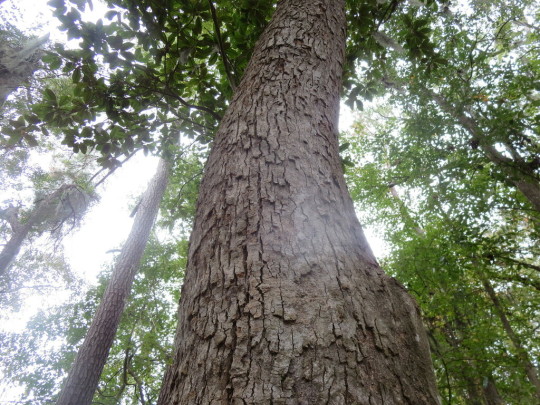
[ID: A photo looking up the trunk of an old southern magnolia tree, whose grey trunk is cracked and flaky rather than smooth, with sunlight turning the sky behind the leaves white and causing a small lens flare. End ID.]
this photo is public domain because I hate capitalism. Here's the HD version on Pexels. feel free to tip so I can buy groceries, paypal is "Rjalker"
4 notes
·
View notes
Text
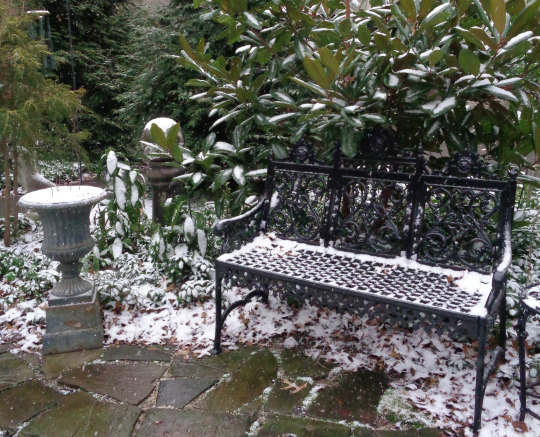
January 13, 2024 Lots of snow, wind, starlings and other hungy birds today.
2 notes
·
View notes
Text

#photo by the2amrevolution#magnolia#magnolia grandiflora#Southern magnolia#flowers#trees#plants#native plants
3 notes
·
View notes
Text
I love early spring in Georgia. When heart grows hopeful for the future and softens with love for those around me. When the magnolia buds ripen and green after overwintering, their swaddling coats as soft and delicate as a kitten's ear. Winter's lingering kiss remains in wet lipped nights but her sister Summer is begging to come home to the antebellum south.
Everything is about to be new and I am here to hold a poet's witness
#i miss my mom its her favorite season#poetry#another love letter#love#rambles#spring#springtime#easter#february#valentines day#i also recognize February is incredibly early for spring and that does verily terrify me but uhhhh pretty flowers yes groundhog day yes#magnolia#magnolia trees#southern magnolia#southern gothic
1 note
·
View note
Text
Feng Shui: Southern Magnolia Symbolism
The Southern Magnolia Symbolism: The Magnolia tree is symbolic that you’re being elevated in life, relationship, social status, real estate, and other aqspects of your life. You are preparing to become a part of an opulent tax bracket. Where you’ll experience generational wealth and success which you can enjoy. You’re being blessed with this prosperity and the time to enjoy it. The Southern Magnolia is symbolic that you’ll live luxuriously and you’ll a taste for finer things in life. Placing this tree on your estate will help children and adults alike, thrive. This tree is also symbolic of purity and prestige. The women on this property tend to marry well, or attract wealthy spouses. The Southern Magnolia aids a woman in attracting wealth in the right way. The Southern Magnolia is also a symbol of business(es) doing well. If you see this tree in your waking life, not necessarily on your property, it is a promise of doing better than in the past. You’ll be able to attract wealth and high ticket sales each week, month and year into your business. The times are changing and you can looking forward to a fortutitous life. The future bodes well for your finances, wealth, and health. Nothing bad can stick to you as you are healing generational lineages.
Inter Design + Feng Shui
Feng Shui tip: You can have a floral arrangement of magnolias, or a painting of magnolias, in an office, dining area, or living space. To attract the benefits of this symbol. In office: A Faux plant can be placed in the NW for Wealth, South for Wealth Expansion, or North Support in various forms in your career. Patio: place a faux plant on your patio to manifest Wealth as you go out and about. Remember that the things you place at the back of your home is what you give away. So, the patio can be suitable if you’d like to attract networking opportunities amongst wealthy individuals, or if You’re wanting to join a wealth social club.
Gardening: The Southern Magnolia Will do well in the South, North or East directions on the property.
Color Consultation: Style Your Space In Color
In Summary The Southern Magnolia is symbolic of:
Wealth
Purity
Status
Socialite
Beauty
Elegance
Luxury
Good Health
Longevity
Marriage
Decoration wise: A Faux Southern Magnolia mini tree can be placed in the living room, near the entrance, in the lobby or in a library area of the home.
If you need help to stage or style a space, consider us for your next project. We work with homeowners, realtors, investors and television networks.
You can utilize affirmations so that your plants emit that frequency into the space. Plants/flowers are living organisms that produce energy into any room they’re in. Some samples to use with the , are below.
"All is well and I unlock my abundance, wealth, prosperity and joy. No good thing is closed to me. " -- Quornesha's Affirmations for SaQred Space "Everywhere I go I magnetize good energy, prosperity, wealth and luck. What I spend comes back to me tripled. I reap and sow good always. " -- Quornesha's Affirmations For SaQred Space "Wealth is my divine right to accomplish. Real, satisfying connections come to me with ease. There's longevity in the wealth and status I accomplish." -- Quornesha's Affirmations for SaQred Space
#southern magnolia#southern magnolia meaning#southern magnolia tree#feng shui#feng shui trees#interior design#landscaping
0 notes
Text

BBW White Picket Fence Collection Garden Tulip, Southern Magnolia, and Pears and Apples Votives
2003
Found on Ebay, user fishnj13
#bath and body works#vintage bath and body works#bath and body works white picket fence collection#white picket fence collection#2000s bath and body works#bath and body works candles#vintage bath and body works candles#garden tulip#southern magnolia#pears and apples#white picket collection candles#bath and body works garden tulip#bath and body works southern magnolia#bath and body works pears and apples#bath and body works votives#y2k bath and body works#y2k candles#y2k home fragrance#tulip#mangolia#pears#apples#white picket fence
1 note
·
View note
Text
Six on Saturday 04/20/2024
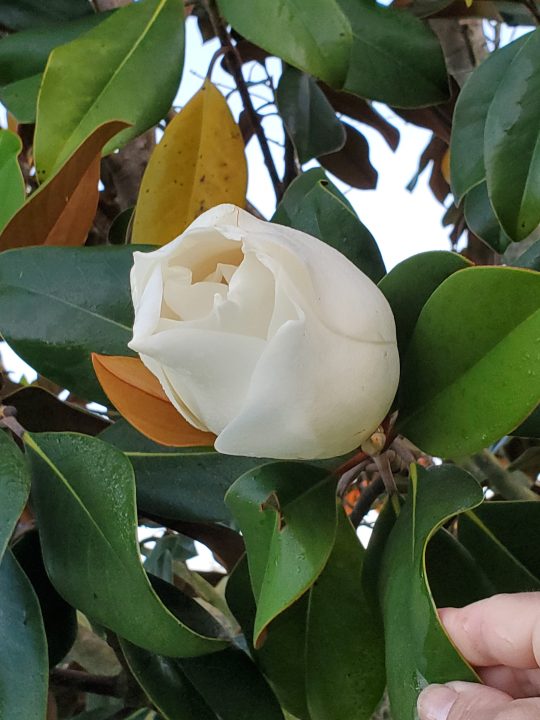
View On WordPress
#butterfly ginger#gardenia Veitchii#gladiolus#Magnolia grandiflora DD Blanchard#opening night rose#plumeria#six of saturday#six of saturday 04/20/2024#southern magnolia
0 notes
Text
Large Trees for Large Zone 7 Landscapes
Need help choosing a massive tree species for your large landscape? Knowing which tree species grow to larger proportions will help you fill vast areas of your landscape with shaded recreational areas.

thetreecareguide.com gathered species, planting, and care information for some of the more massive trees hardy to large zone 7 landscapes.
1. Weeping Willow (Salix babylonica)
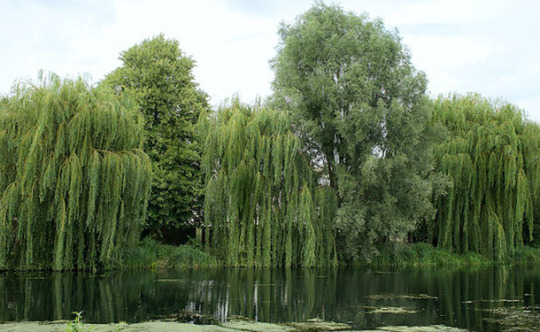
Weeping willows are recognized for their long, drooping branches and delicate leaves. They are typically found near fresh-water sources, as they have a strong affinity for moisture and thrive in damp soil. The weeping willow’s growth rate is fast, with new growth appearing each year. They can reach a mature size of 40 to 50 feet in height and spread, with a broad canopy that provides significant shade.
Weeping willows are hardy in USDA zones 6 through 8 and are easy to care for. They require consistent moisture to thrive, so they should be watered regularly. This tree species benefits from fertilization in the spring and pruning in the winter to maintain shape and encourage healthy growth. The weeping willow is a stunning addition to any large landscape and offer a peaceful, calming presence with their gentle sway in the breeze.
2. Ginkgo Biloba (Ginkgo biloba)
Ginkgo Biloba trees or Maidenhair trees are a unique and ancient species that can live for over a thousand years. They are easily recognized by their fan-shaped leaves turning bright yellow in the fall. These trees have a moderate growth rate and can reach a mature size of 80 feet high and a 50-foot spread. They are hardy in USDA zones 3 through 8 and are tolerant of various soil types as long as they are well-drained.
Ginkgo Biloba trees require minimal care and maintenance, ideal for low-maintenance landscapes. They prefer full sun to partial shade and should be watered regularly. They do not require fertilization, but occasional pruning will help maintain their shape and promote healthy growth. Ginkgo Biloba trees are prized for their medicinal properties (the foliage is believed to have beneficial effects on memory and cognition).
3. American Beech (Fagus grandifolia)
American Beech trees are a beautiful and stately deciduous species native to eastern North America. They have a slow to moderate growth rate and can reach a mature size of 70 to 80 feet in height and spread. They are hardy in USDA zones 3 through 9 and prefer well-drained soil rich in organic matter.
Beech trees need minimal care and maintenance once established. They prefer partial shade to full sun and should be watered regularly. They thrive from an annual compost application around the tree’s base. Pruning is typically only necessary to remove dead or diseased branches. Beech trees are highly valued for their attractive foliage, which turns a golden brown in the fall. They are also an important food source for birds and small mammals.
4. Southern Magnolia (Magnolia grandiflora)
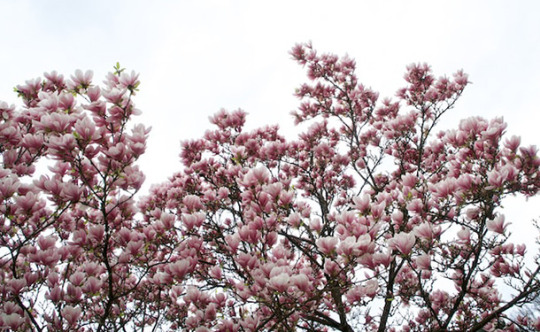
Magnolia Grandiflora trees or Bull Bay are a stunning evergreen species native to the southeastern United States. They are known for their immense, fragrant white flowers blooming in the summer and their glossy, leathery leaves remaining green year-round. They have a moderate growth rate and can reach 60 to 80 feet in height and spread at maturity. They are hardy in USDA zones 7 through 9 and prefer well-drained soil rich in organic matter.
Magnolia Grandiflora trees require minimal care and maintenance once established. They prefer full sun to partial shade and should be watered regularly. They do not require fertilization, but occasional pruning will help maintain their shape and promote healthy new growth. Magnolia Grandiflora trees are highly valued for their ornamental beauty and are often used as specimen trees in landscaping.
5. Black Walnut (Juglans nigra)
[caption id="attachment_693" align="aligncenter" width="610"]

Photo by Sue Lowndes[/caption]
Black walnut trees, or Juglans nigra, are a large and long-lived species native to eastern North America. They are known for their valuable wood and edible nuts, which have a distinctly rich buttery flavor. They have a moderate to fast growth rate and can reach 70 to 100 feet with a 50 to 75-foot spread at maturity. They are hardy in USDA zones 4 through 9 and prefer well-drained, moderately fertile soil.
Black walnut trees require minimal care and maintenance once established. This tree species prefers full sun to partial shade and should be watered regularly. They benefit from an annual compost or organic fertilizer application around the tree’s base. Pruning is typically only necessary for dead or diseased branch removal. Black walnut trees are highly valued for their wood, used for furniture, flooring, and other applications.
Large Trees for Vast Landscapes
In this article, you discovered species, growing, and care information for some of Zone 7’s largest tree varieties for your vast, empty landscape.
Identifying larger trees to help you add dimension and interest to your landscape will give you more shaded areas and potentially increase your home’s curb appeal.
Without larger trees in your landscape, you will have excess barren areas unprotected from the sun’s harsh rays and violent weather.
Sources: trees.umn.edu/weeping-willow-salix-alba snr.unl.edu/data/trees/identification/basictree.aspx?sid=65 uky.edu/hort/American-Beech plants.ces.ncsu.edu/plants/magnolia-grandiflora/ nfs.unl.edu/woody-plants/black-walnut
For the original version of this article visit: https://www.thetreecareguide.com/large-trees-for-zone-7-landscapes/
1 note
·
View note
Text
Magnolia Grandiflora

Magnolia Grandiflora blooming in the Flower Dome. Photo credit: Eleanor Chua.
This blooming flower was happily at our level. A stop of underexposure was used here to keep the white flowers from clipping and also to tone down the surrounding foliage.
#flora photography#flower pics#fujifilm hs50exr#fujifilm photography#magnolia grandiflora#magnolia photos#photography tips#southern magnolia#photographers on tumblr
1 note
·
View note
